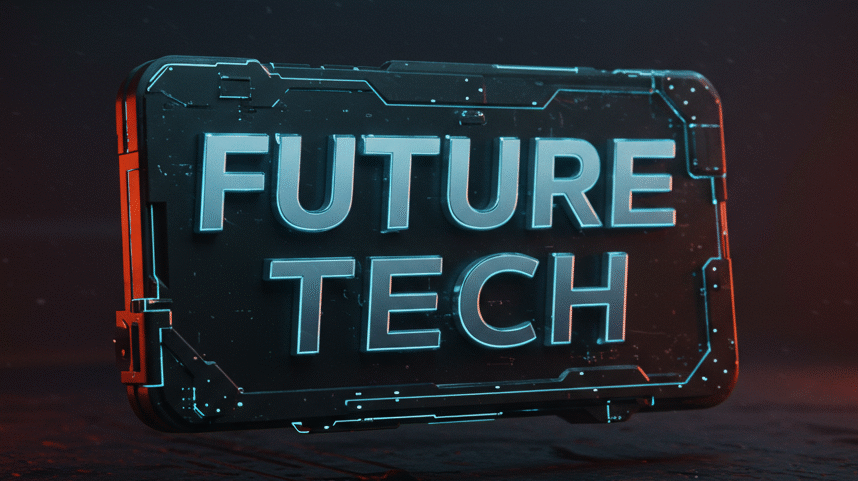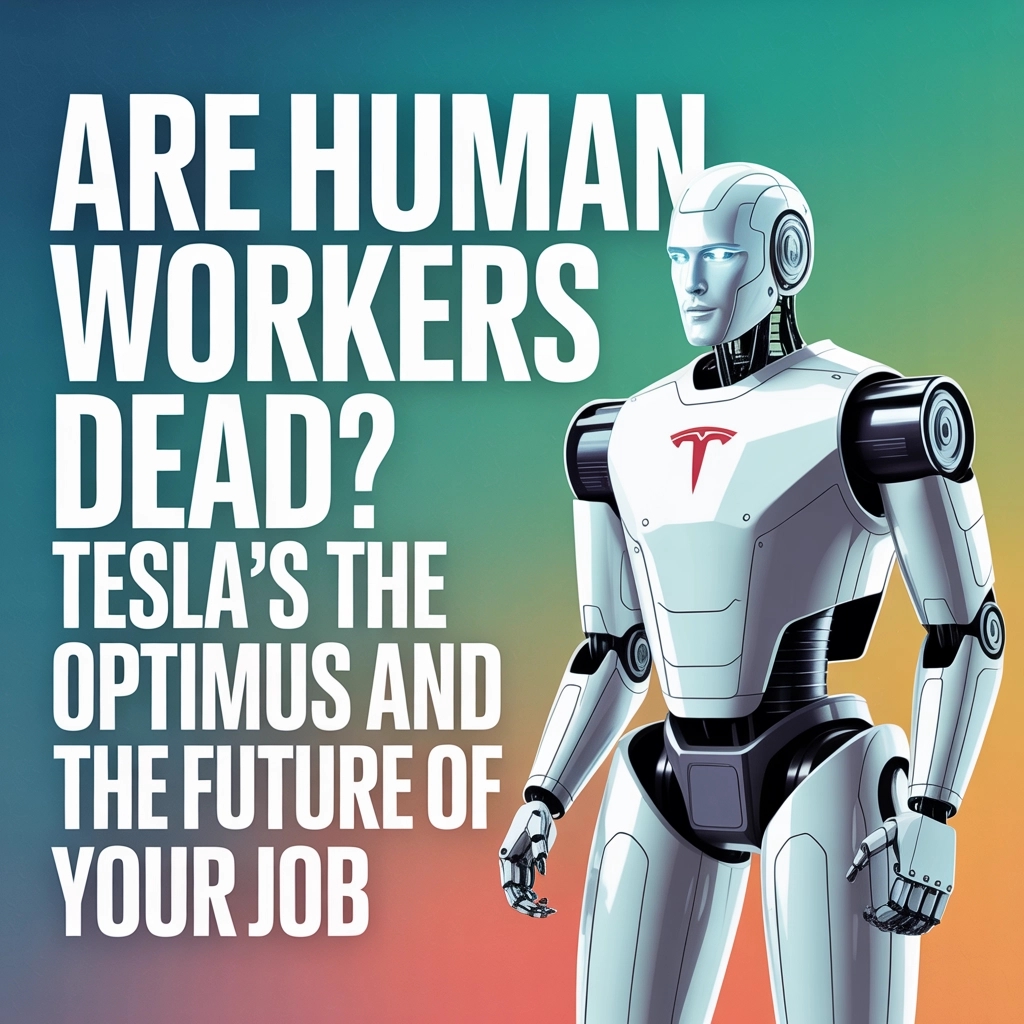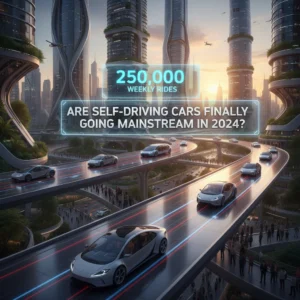Picture this: you walk into your office Monday morning, and there's a 5'8" robot at your desk, doing your job better than you ever could. Sounds like sci-fi nightmare fuel, right? Well, Tesla's Optimus robot is making this scenario feel less like fiction and more like next Tuesday.
But before you start updating your résumé or planning your move to a remote cabin, let's dig into what's really happening here. Spoiler alert: it's not as apocalyptic as you might think.
What Can This Metal Human Actually Do?
Tesla's Optimus isn't your typical factory robot that does one thing over and over. This thing's got some serious skills. We're talking about a humanoid that can walk up stairs, catch objects mid-air, and handle delicate tasks with hands that have 22 degrees of freedom. That's more dexterous than some humans I know.
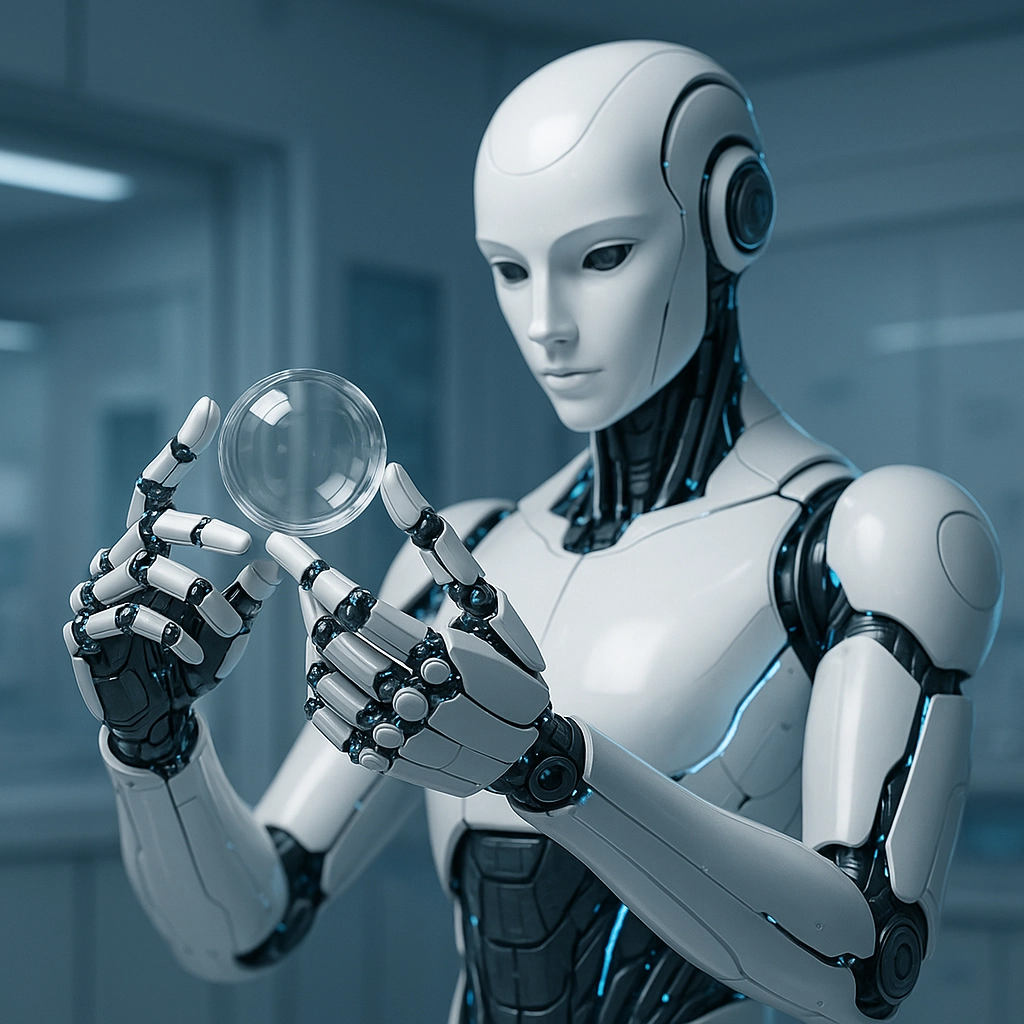
The robot runs on the same AI brain that powers Tesla's self-driving cars – except instead of navigating traffic, it's navigating your workplace. It can lift 45 pounds, carry 20 pounds while walking, and work for hours without coffee breaks or bathroom runs.
Here's where it gets interesting though. Elon Musk claims this robot could do pretty much anything: teach your kids, walk your dog, serve drinks at parties, or even just hang out and be your friend. Whether you want a robot friend is another question entirely.
My neighbor Dave recently told me he'd love a robot to mow his lawn every week. "I'd rather spend Saturday morning with my kids than fighting with that ancient mower," he said. Dave's not wrong – there's definitely appeal in having a tireless helper handle the boring stuff.
The Jobs That Are Actually at Risk
Let's be honest here. Some jobs are definitely going away. Tesla's planning to replace 2-3 human workers per robot in their factories, starting with their own manufacturing plants. If you're doing repetitive, physically demanding work that follows predictable patterns, yeah, you might want to start thinking about Plan B.
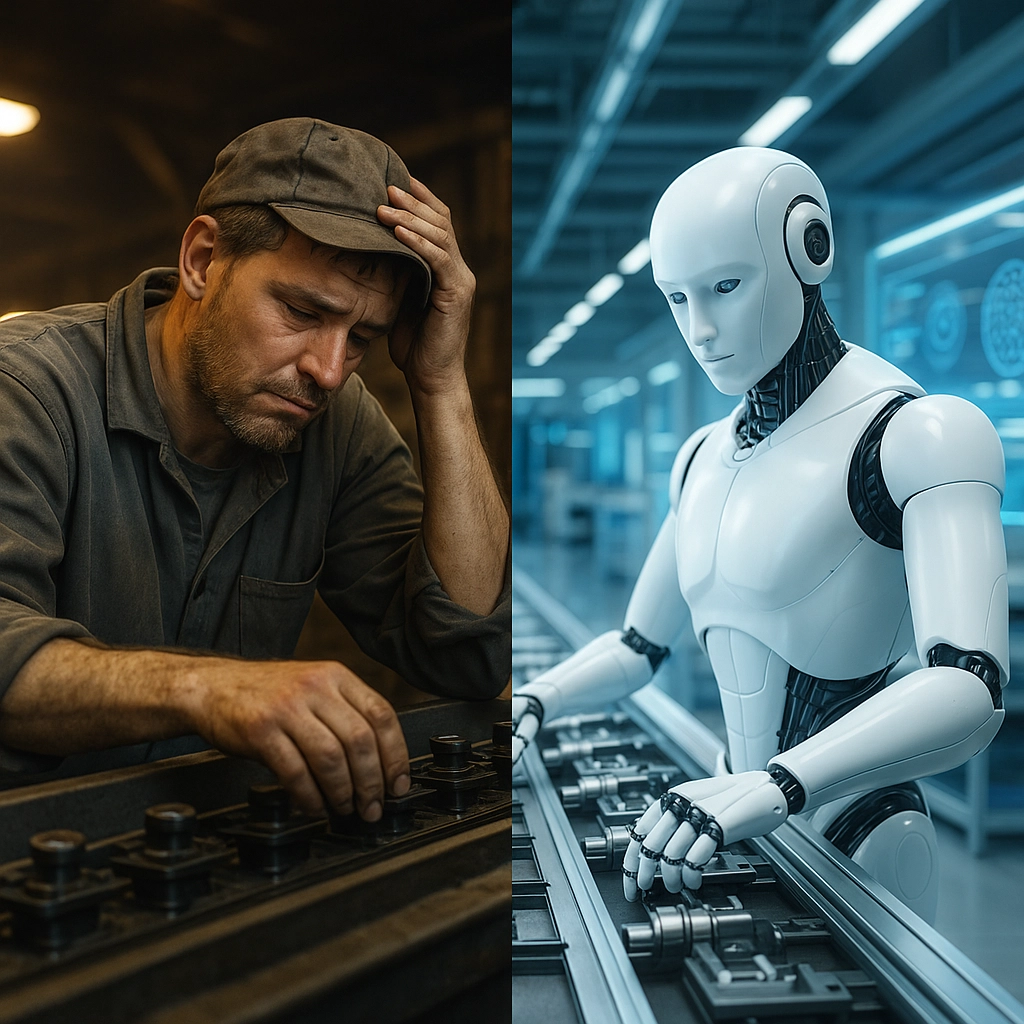
But here's the thing Reddit keeps missing in all the doom-and-gloom posts: we've been through this before. Remember when ATMs were supposed to kill bank teller jobs? There are actually more bank tellers now than before ATMs existed. Weird, right?
The jobs most likely to get automated first include:
- Assembly line workers doing repetitive tasks
- Warehouse packers and sorters
- Basic food service roles
- Simple cleaning and maintenance jobs
- Data entry and basic clerical work
Notice a pattern? These are mostly jobs that involve doing the same thing over and over, often in dangerous or uncomfortable conditions.
The New Jobs Nobody's Talking About
While everyone's freaking out about robots taking jobs, they're missing the massive wave of new opportunities coming. Someone's gotta design, build, maintain, and supervise these robots. Someone's gotta teach them new skills and figure out how to make them work alongside humans without causing chaos.

Think about it – every Optimus robot is essentially a walking computer that needs:
- Regular software updates and maintenance
- Human oversight for complex decisions
- Training for new tasks and environments
- Safety monitoring and emergency protocols
We're looking at entirely new career paths: robot therapists (yes, that's becoming a real thing), human-machine collaboration specialists, and AI ethics consultants. These aren't minimum-wage gigs either – they require skills that pay well.
The healthcare industry alone could create thousands of new positions. Optimus robots assisting elderly patients means we need people who understand both healthcare and robotics. That's not a skillset you can just download.
When Will This Actually Happen (And What It Means for You)
Tesla's aiming for 2025 to start building these robots seriously, with prices potentially dropping to $10,000 by 2026. That's cheaper than most cars, which means small businesses could actually afford them.

But here's the reality check: rolling out humanoid robots across entire industries takes time. We're talking decades, not years. The transition will be gradual, giving people time to adapt and retrain.
Look at how long it's taking Tesla to perfect their self-driving cars – and those just need to handle roads and traffic. Now imagine programming a robot to handle the infinite variety of tasks in human environments. It's incredibly complex.
The smart move isn't to panic – it's to start building skills that complement what robots can do. Focus on creativity, emotional intelligence, complex problem-solving, and anything that requires understanding nuanced human needs. These are areas where humans will remain superior for a long time.
Plus, consider this: as robots handle more routine tasks, humans get freed up to do more interesting, fulfilling work. Instead of spending 8 hours a day doing repetitive assembly, maybe you're designing better products or solving complex customer problems.
The future probably looks more like humans and robots working as teams rather than robots completely replacing humans. Think of Optimus as an incredibly capable assistant rather than your replacement.
So, are human workers dead? Not even close. We're just entering a new chapter where our role in the workplace is evolving. The question isn't whether you'll have a job in the robot age – it's what kind of job you'll choose to have.
